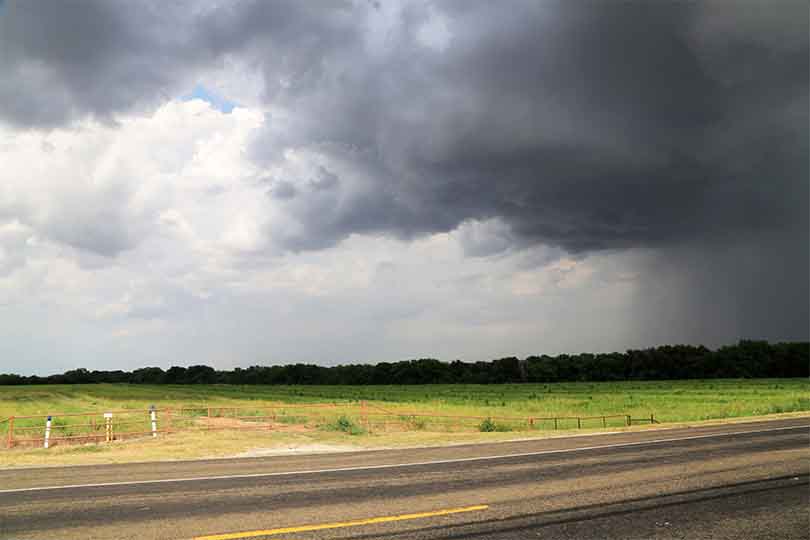By Jessica Domel
News Editor
What does the new year mean for America’s farmers and ranchers? Will the economy improve? Will growers finally see improved commodity prices?
It depends.
There’s plenty of optimism about the economy, in general, but it likely won’t extend to the farm economy, according to Bob Young, chief economist and deputy executive director of Public Policy for the American Farm Bureau Federation.
Young said the Federal Reserve was confident enough to raise short-term interest rates 0.25 percent in mid-December. He said unemployment is down to very low percentages at this stage in the game–4.6 percent or so.
Hope for the new presidential administration and changes in both tax policy and regulations led to stock market improvements following the election.
“I think for the general economy, expectations are pretty positive at this stage in the game,” Young said.
At the end of 2016, cattle markets rose a bit, but that’s likely to level out in 2017.
“There’s just a lot more meat supply out there. Not just beef, but pork and poultry, as well,” Young said.
It’s going to be difficult to move retail prices with an increased supply, according to Young. And if retail prices don’t go up, it could be difficult to move feeder or fed-cattle prices. That will then take its toll on other livestock, as well.
“I think it will just be a continued challenging, hold on by your fingernails kind of mood, as we move through 2017,” Young said.
Agribusinesses are reacting to the difficulties in the sector.
In mid-December, Monsanto shareholders voted to move forward with its merger with Bayer AG. Regulators in both the United States and European Union will have to approve the merger. They’re also investigating ChemChina’s purchase of Syngenta AG and the merger of Dow Chemical and DuPont.
“I think one of the real reasons for that kind of activity to go on is because they’re looking forward, seeing decreased revenue streams on farmers’ parts and recognize that if they’re going to hold on, they’re going to have to do something to try to get increased market rationalization. Clearly on that front you’re seeing adjustments,” Young said.
Young predicts we’ll continue to see sharp declines in equipment sales, as well. Sales of tractors with more than 100 horsepower were down 25-30 percent in mid-December relative to that time last year.
“If you’re a dealer, you’re backing up what had previously been leased equipment on your lot. You have pretty heavy used inventories. It’s just going to continue to be pretty tough on those folks that provide support to the ag sector in 2017,” Young said.
Some of the positive messages agriculture saw in the past were likely one-off or perfect-storm type events, according to Young.
“We substantially increased the use of corn, for example, for ethanol, which provided us with pretty significant price increases,” Young said. “But now, even though the demand is much higher than it was before we started that process, there really isn’t any more growth in demand and it takes demand growth to support prices.”
American farmers are planting to meet that demand. Until there’s more demand growth over a long period of time, farmers will be hard-pressed to see where the next long-term price increase will come from.
“That’s not to say we’re not going to have the potential for short-term price pops. We’ve got significant quantities of stocks that China’s holding both in corn, as well as in cotton. Until those stocks get themselves worked off, those short-term price pops may be fairly limited,” Young said.
He continued, “Once we get the Chinese stocks dealt with, I think we can talk about some noticeable price support.”
Moving through 2017, Young encourages farmers and ranchers to really sharpen their pencils and look at expenses.
“Know why your costs would be different than the guy across the street, for example. Do some kind of benchmarking if you could find ways to do that. Do you necessarily have to buy the latest seed technology or could you drop back a year or two on that front and substantially lower your seed costs and, at the same time, not necessarily knock your yields all that hard?” Young said.
Look at fertilizer use. Are you fertilizing for the economic optimum as opposed to the yield optimum? They may not ne

